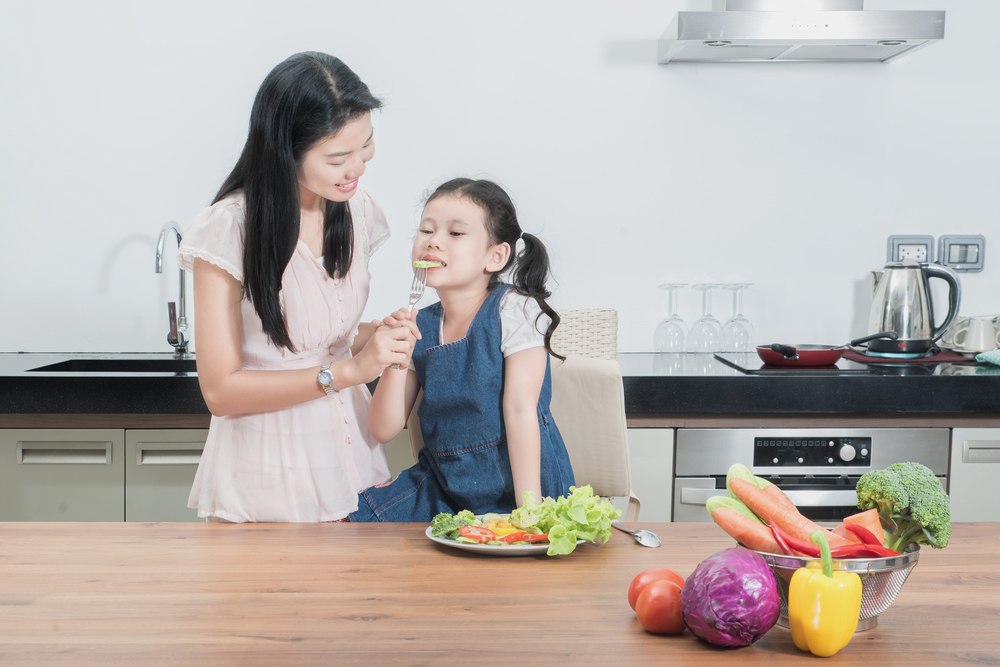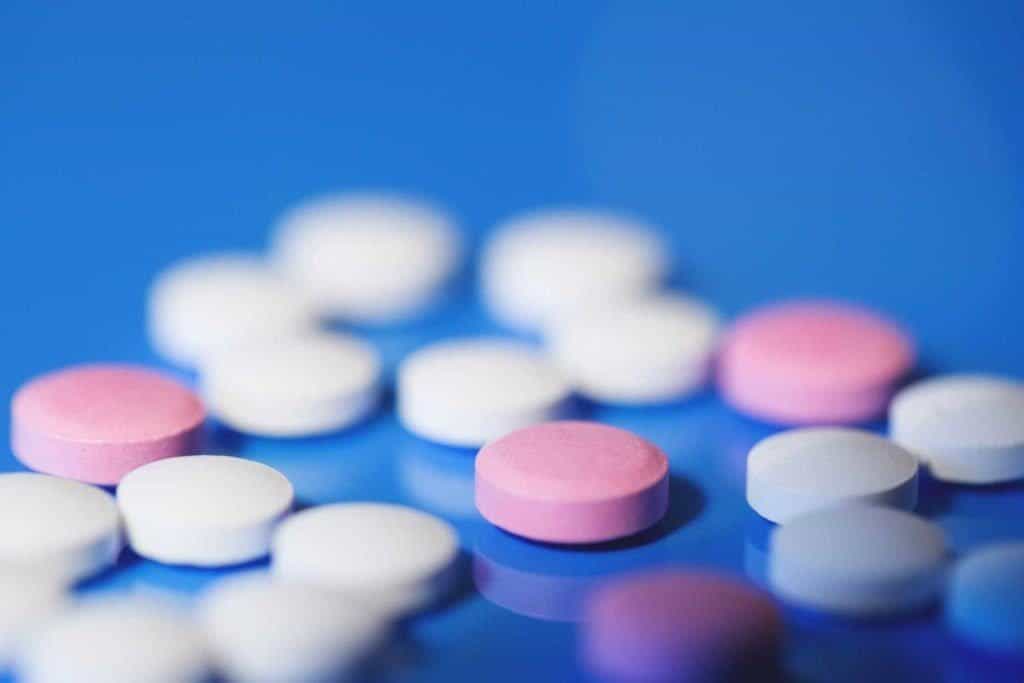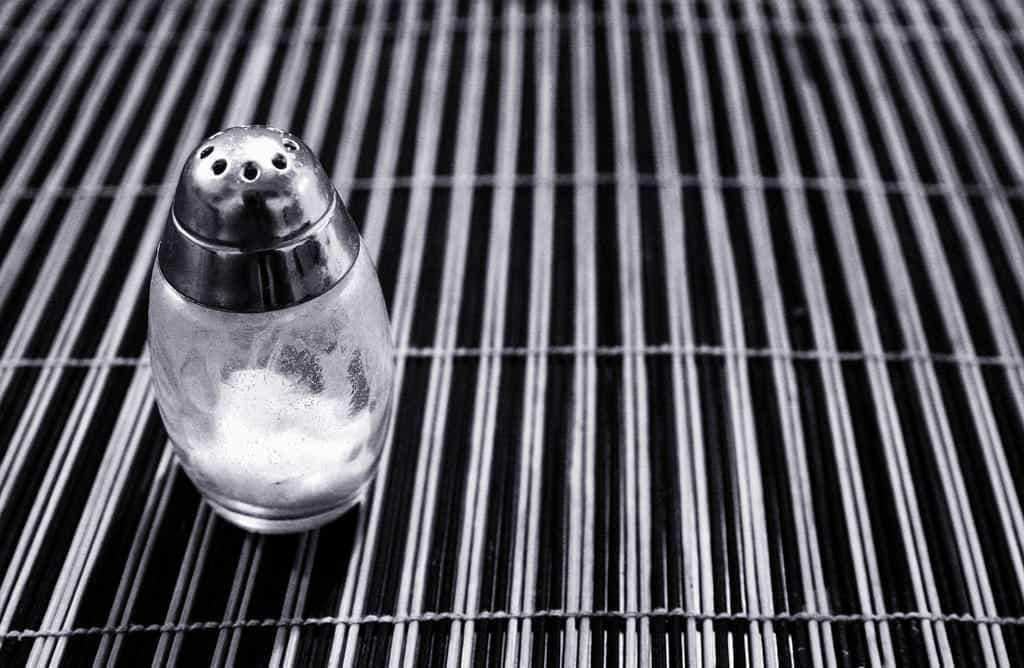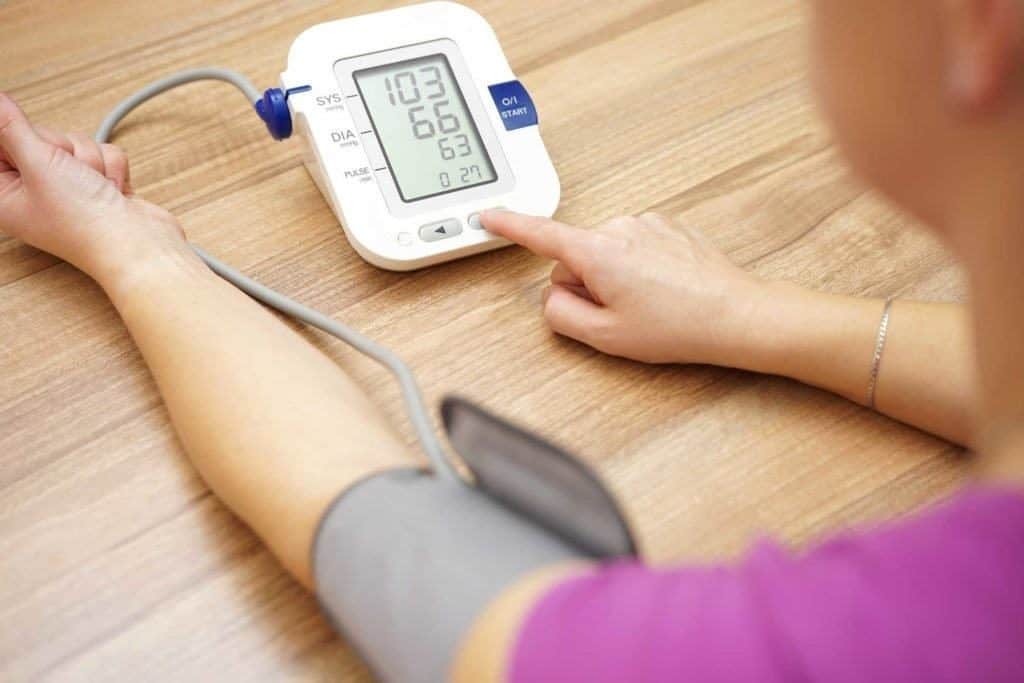Contents:
- Medical Video: How to Create a Healthy Plate
- Are there certain foods that are prohibited for children with diabetes mellitus?
- Can children eat cakes and other sweet foods?
- What are the carbohydrate needs of children with diabetes?
- Children with diabetes should eat how many times a day?
- What about protein and fat intake?
- Protein
- Fat
- Children with diabetes are at risk of developing hypoglycemia
- What should be done when a child has hypoglycemia?
- Give food with sugar that is quickly absorbed
- Wait 15 minutes
- Re-measure
- When blood sugar has returned to normal
- Consult further about the diet of children with diabetes in experts
Medical Video: How to Create a Healthy Plate
There are two types of diabetes that can occur in children, namely type 1 and type 2 diabetes mellitus. The difference is, in type 1 diabetes the main causative factors are genetic factors. Meanwhile type 2 diabetes is usually triggered by lifestyle factors. The diet for children with diabetes mellitus must be considered to support their health.
Are there certain foods that are prohibited for children with diabetes mellitus?
Having diabetes does not mean your child really has to leave certain foods. Choose foods that keep blood sugar levels (glucose) more stable. Children's food must also provide enough calories to maintain body weight during its growth period.
Body weight and growth patterns can indicate whether children with diabetes have adequate nutrition. Changes in eating habits and physical activity can improve blood sugar control.
Can children eat cakes and other sweet foods?
Your child attends his friend's birthday party and wants to eat a birthday cake, then what?
Children may eat a limited number of cakes and sweet foods, and additional planning is needed if they have consumed a cake. After your child eats sugary foods such as birthday cakes, it must be balanced by reducing the consumption of other carbohydrates such as potatoes, pasta or rice. This aims to maintain blood sugar levels.
What are the carbohydrate needs of children with diabetes?
Food sources of carbohydrates will be broken down into glucose to be absorbed in the body's cells as energy. Carbohydrates must be consumed at regular times in the day with the same amount of carbohydrates so that the insulin dose can be balanced from one day to another.
If you want to consume different types of carbohydrates every day is very permissible, but make sure the portions are always right. It takes 45-60 percent of calories from karbohirat as the main energy source in the body.
There are three types of carbohydrates, namely:
- Starch is found in bread, cereals, pasta, rice and some vegetables such as potatoes and corn.
- Sugar found in syrup, processed foods, and sugar. Eating a small portion of this type of sugar carbohydrate source is the best way to maintain blood sugar levels.
- Fiber carbohydrates. Fiber is found in fruits, vegetables, and nuts.
Children aged 5-10 years need at least 200-275 grams of carbohydrates a day. This can be obtained from 50-70 grams of carbohydrates from main foods, 15-20 grams of snacks.
Children aged 11-15 years need 275-400 grams of carbohydrates per day for men, while women need 275-300 grams of carbohydrates a day. This amount can be obtained from the main food 70-90 grams, and snacks 30-45 grams.
For children aged 15-18 years, men need 300-475 grams of carbohydrates a day, while women need 250-300 grams of carbohydrates with details of carbohydrate foods during the main meal of 75-100 grams, and when snacking requires carbohydrates as much as 30-50 grams.
To estimate the amount in the form of daily food can be seen in the 2014 Balanced Nutrition Guidelines by the Directorate of Nutrition, Ministry of Health, atattachment 1-5.
For example, your child needs 200 grams of carbohydrates in one day. You will now plan breakfast. You give 100 grams of rice (one centong), with a quick egg, with 50 grams of sauteed beans (½ cup starfruit) and a piece of fried tofu (50 grams). You can see in the attachment how many nutrients are contained. The result is:
- 100 grams of rice contains 40 grams of carbohydrates
- an egg does not contain carbohydrates
- 50 grams of long beans contain 2.5 grams of carbohydrates
- a piece of tofu contains 4 grams of carbohydrates
So the amount of carbohydrates your child will consume in the morning is 46.5 grams of carbohydrates. You have fulfilled the 46.5 grams of carbohydrates your child needs in the morning, the rest you can give at other meals.
For more details about this plan, you can request a List of Exchanges (DBMP) and explain their use in more detail by a nutritionist in a hospital or health center when the child controls or check-up.
Children with diabetes should eat how many times a day?
Children with diabetes should eat food 5-6 times every day. This includes 3 main meals and 2-3 times snacking. It's better to give food in small portions, but often than just big meals twice a day but in very large quantities.
What about protein and fat intake?
Protein
As many as 10-20 percent of calories consumed come from protein. If your child's calorie needs are 1,500, then you need as many as 300 calories from protein intake. Keep in mind, 1 gram of protein contains 4 calories, so 300 calories equals 75 grams of protein needed by children.
To meet this need, you can provide beef, poultry, eggs, milk, and nuts for children. However, don't get to much protein. This is because the intake of proteins that enter the body, as much as 50 percent will become blood sugar.
Fat
Less than 30 percent of the total calories that enter the body come from fat. About 10 percent of the fat you drink will turn into blood sugar. Fat gives a taste in food and is usually included in food mixtures. Sources of fat can come from margarine, butter, mayonnaise, oil, and nuts.
Children with diabetes are at risk of developing hypoglycemia
Children tend to be unaware of the symptoms of low blood sugar or hypoglycemia. Blood sugar can be very low when children with diabetes use too much insulin, delay eating, do extra physical activity without food, or insulin drops dramatically.
Symptoms of hypoglycemia in children that usually occur are sweating, pale, changes occur mood, dizzy, weak, trembling, unable to focus, dazed, and feeling very sleepy. So, check your child's blood sugar levels regularly.
- Children aged 0-6 years, blood sugar before meals 100-180, blood sugar at rest 110-200
- Children of school age 6-12 years, blood sugar before meals 90-189, blood sugar at rest 100-180 mg / dl
- Teenagers aged 13-19 years, blood sugar before meals 90-130 mg / dl, blood sugar at rest 90-150 mg / dl
What should be done when a child has hypoglycemia?
Give food with sugar that is quickly absorbed
For example ½ cup juice, a glass of milk, 3-4 glucose tablets, 1 small box of raisins, and others. If you are a baby, you can give a sugar solution.
Wait 15 minutes
Let the given food react to increase blood sugar.
Re-measure
If it is still less than 70 mg / dl, give the food again and double check blood sugar levels after the child consumes food.
When blood sugar has returned to normal
When blood sugar is more than 70 mg / dl you can give biscuits. Children may return to activities if blood sugar is above 70 mg / dl and do not show symptoms and signs of hypoglycemia.
Consult further about the diet of children with diabetes in experts
Meal arrangements for children with diabetes vary. This can depend on the amount of food, weight, or how often you exercise. Consult further with a nutritionist registered at the hospital to eat to maintain blood sugar levels but still maintain weight. Food consumed by your child will increase glucose in the blood, injecting insulin will reduce blood sugar. By balancing food and insulin together, you can keep blood sugar within the normal range.













